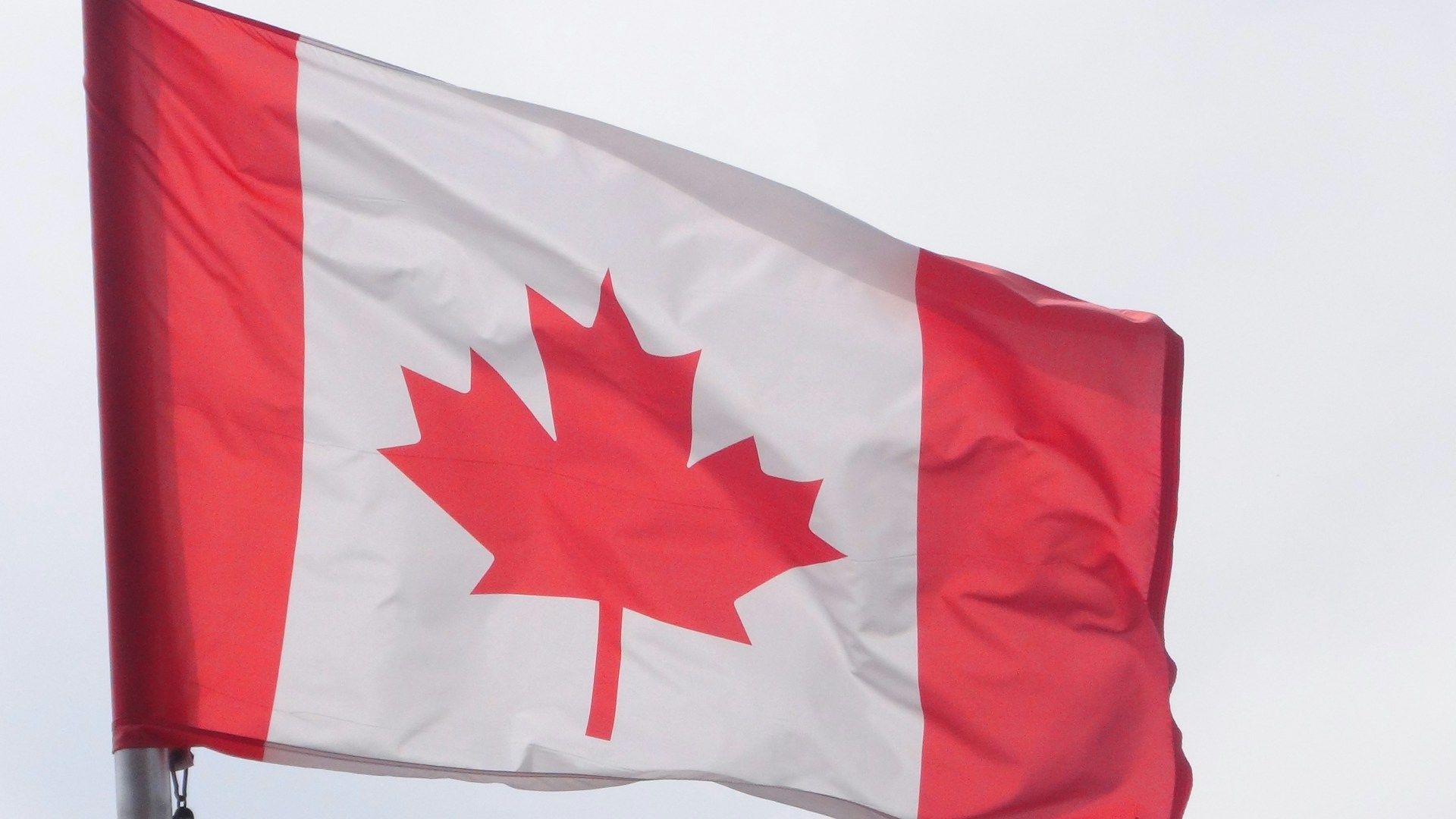Uncategorized
Dubai’s VARA Warns of Firms Falsely Claiming to Be Part of Real Estate Tokenization Pilot

Dubai’s crypto regulator has issued an alert, warning of firms falsely claiming to be part of the city’s high-profile real estate tokenization pilot, saying that such misrepresentation may violate the emirate’s virtual asset laws.
The Virtual Assets Regulatory Authority (VARA), in coordination with the Dubai Land Department (DLD), said on Tuesday that several entities have improperly suggested they are participating in the DLD’s blockchain-based property title deed initiative, which launched as a limited pilot on March 19.
“No entities beyond those explicitly approved by DLD and VARA are authorised to participate,” the regulator said. “Any entity promoting their involvement in the project without formal confirmation… is misrepresenting their status.”
VARA did not name any firms in the release.
The tokenization initiative could account for 7% of all property deals, valued at 60 billion dirhams ($16 billion), by 2033, CoinDesk previously reported, as part of the city’s broader push to position itself as a global tech and digital asset hub.
This warning from VARA comes days before Token 2049 kicks off in the city. Earlier in March, on-chain investigator ZachXBT pointed out that the conference tends to attract a disproportionate amount of scams.
Uncategorized
TON Foundation Appoints MoonPay Co-Founder, Maximilian Crown, as CEO

TON Foundation, the entity behind the Telegram-linked TON blockchain, has appointed Maximilian Crown, co-founder of MoonPay, as its CEO.
Crown was the CFO and COO at the crypto infrastructure provider and has relationships with banks, payments companies, and regulatory bodies. He will remain on the board at MoonPay.
The move comes one month after the TON Foundation announced that it had received $400 million worth of investment from venture capitalist firms that purchased the TON token.
Active users on the TON blockchain jumped from 4 million to 41 million in the past year. However, the TON token, is down by 46% in the same period.
It aims to onboard 30% of Telegram’s active users to the blockchain by 2028.
“TON’s speed, scalability, and exclusive integration with Telegram set it apart in the blockchain space,” said Maximilian Crown. “With access to over 1 billion Telegram users, TON has a unique opportunity to expand its ecosystem globally and redefine how blockchain technology is adopted at scale.»
Uncategorized
Will Canada Lead on Digital Assets?

With Canada’s federal election less than one week away, Canadians are closely watching how political leaders intend to address digital assets. Millions of Canadians hold, use, or work in crypto, making it a growing focal point for economic growth and innovation. This politically prominent and growing community is shaping conversations about the future of finance, with voters signaling cautious openness, not to ban or ignore crypto, but to responsibly integrate it into Canada’s financial system with clear protections, accountability, and forward-looking policy.
Dean Skurka is a speaker at Consensus 2025, in Toronto May 15, appearing with Kevin O’Leary on Mainstage.
Canada’s leadership in digital assets isn’t theoretical. It has evolved through first-of-its-kind milestones, homegrown innovation, and meaningful regulatory advancements, including:
- Canada installed the world’s first Bitcoin ATM in Toronto in 2013;
- Ethereum, co-founded by Canadian Vitalik Buterin, began in Canada in 2015;
- Vancouver’s Dapper Labs introduced groundbreaking NFT platforms like NBA Top Shot, which launched in 2020;
- The Ontario Securities Commission and Canadian Securities Administration introduced a novel regulatory framework for crypto trading platforms in 2021; and
- Regulatory initiatives such as Alberta’s fintech sandbox and blockchain innovation hubs actively support industry growth, which launched around 2022.
Voter Momentum and Public Sentiment
The pro-crypto voter base is large, diverse, informed, and engaged. According to a survey bu Nanos Research for the Canadian Web3 Council:
- Younger Canadians and those with direct investment experience tend to view crypto favourably, indicating a generational and experiential shift in sentiment.
- 60% of Canadians surveyed support the federal government working with industry experts to develop cryptocurrency regulations and protect public interest. Only about one in five surveyed were opposed.
- 48% of Canadians say the government should implement a strategy for a “more accessible, inclusive, and effective financial ecosystem” that includes digital assets.
This engaged voter base, the majority being under 50, represents a significant political force. The election and subsequent administration offer policymakers a chance to support voters’ eagerness for clarity around Canada’s digital future.
In 2022, the (pro-crypto) Conservative leader Pierre Poilievre made headlines for advocating financial freedom through Bitcoin and decentralized finance, calling for less control from politicians and bankers and more power in the hands of individuals. He said he wanted to make Canada “the blockchain capital of the world,” allowing people to “opt out” of inflation by using cryptocurrencies like Bitcoin.
Read more: Nik De — Previewing the Canadian Election’s Crypto Angle
By contrast, former Bank of Canada Governor Mark Carney, representing the Liberal Party, while supportive of digital innovation, remains skeptical of the idea that cryptocurrencies like stablecoins will fundamentally reshape the monetary system. He has argued that central bank digital currencies (CBDCs) would be a safer, more stable foundation for digital money.
«Stablecoins are ultimately only an appendage to the conventional monetary system and not a game changer. CBDCs would reduce the risks of digital money and form the foundation of a more stable, programmable financial future,” he wrote in 2021.
Meanwhile, NDP leader Jagmeet Singh has openly criticized crypto’s volatility, citing the financial losses suffered by Canadians who bought into digital assets as a hedge against inflation.
“We have a leader of the opposition who thinks he can magically opt out of inflation by buying cryptocurrency, which ended up tanking and hurting people,” he said in 2022.
The successful candidate from this upcoming election has a chance to translate these varied views into coherent platform frameworks and enhance Canada’s position as a forward-thinking and tech-driven economy.
Global Signals: Local Opportunity
The European Union has implemented the Markets in Crypto-Assets (MiCA) framework, offering clear crypto regulations.
The U.S. is playing catchup following the election of Donald Trump last November. The U.S. House Financial Services Committee has advanced the «Stable Act of 2025,» a significant step toward establishing a federal regulatory framework for stablecoins. And bipartisan efforts like the Virtual Currency Tax Fairness Act propose to exempt small crypto transactions under $200 from capital gains taxes. Congressional leaders are now working on a comprehensive “market structure” bill for crypto and regulators are open-minded about working with companies to adapt existing laws to modern needs.
Canada is well-positioned to do the same. With the right policies, we can continue to attract leading talent, keep homegrown companies here, and strengthen our global voice in Web3.
The choice is ours.
Why Policy Clarity Matters
Clarity on digital asset policy will affect how Canadians save, invest, and transact; whether new jobs and industries are built here or abroad; and whether our country will lead or follow in a rapidly emerging digital sector.
Digital assets offer tangible benefits like faster, cheaper remittances for newcomers supporting families overseas, more accessible financial tools for underserved communities, and diversified investment alternatives in times of economic uncertainty. Beyond personal finance, blockchain technology has real potential to modernize Canada’s financial infrastructure, enhance anti-fraud efforts, and improve transparency in sectors like supply chain management and government services.
The Canadian Web3 Council has called for integrating blockchain into Canada’s broader innovation strategy, urging federal support for talent development, funding, and the creation of a national blockchain strategy. They advocate for clear frameworks around decentralized finance (DeFi), stablecoin regulation, and for Canada to take a leadership role in global digital asset policy conversations.
The Role of Industry & Community
The responsibility of highlighting crypto’s importance largely falls on the industry itself. Initiatives like Stand with Crypto Canada (a national advocacy campaign supported by WonderFi and nine other major companies) are actively educating voters and policymakers about the economic benefits of clear crypto regulation.
Similarly, Blockchain North’s Voices for Canadian Crypto campaign, featuring prominent thought leaders, is helping unify industry voices, emphasizing the need for proactive policy conversations with leaders.
We have talent. We have the infrastructure. And we have momentum.
Now, we need leaders who see crypto not as a passing trend, but as a powerful opportunity to fuel Canada’s economy and empower a new generation of builders, investors, and innovators.
The digital economy is here. The only question is: will Canada lead?
Uncategorized
CME to Roll Out XRP Futures as Interest and Adoption in XRP Grows

CME Group is rolling out XRP futures on May 19th as it continues to expand its suite of cryptocurrency products, the world’s largest derivatives exchange, said in a press release.
Pending regulatory approval, traders will be able to trade two contract sizes: 2,500 XRP and 50,000 XRP. The contracts will be cash-settled and based on the CME CF XRP-Dollar Reference Rate, which tracks XRP’s price daily at 4:00 p.m. London time.
“As innovation in the digital asset landscape continues to evolve, market participants continue to look to regulated derivatives products to manage risks across a wider range of tokens,” Giovanni Vicioso, global head of cryptocurrency products at CME Group, said.
“Interest in XRP and its underlying ledger (XRPL) has steadily increased as institutional and retail adoption for the network grows, and we are pleased to launch these new futures contracts to provide a capital-efficient toolset to support clients’ investment and hedging strategies.”
The move comes after CME launched Solana (SOL) futures in March in addition to bitcoin (BTC) and ethereum (ETH) futures and options which have been trading on the exchange for a while.
-

 Fashion6 месяцев ago
Fashion6 месяцев agoThese \’90s fashion trends are making a comeback in 2017
-

 Entertainment6 месяцев ago
Entertainment6 месяцев agoThe final 6 \’Game of Thrones\’ episodes might feel like a full season
-

 Fashion6 месяцев ago
Fashion6 месяцев agoAccording to Dior Couture, this taboo fashion accessory is back
-

 Entertainment6 месяцев ago
Entertainment6 месяцев agoThe old and New Edition cast comes together to perform
-

 Business6 месяцев ago
Business6 месяцев agoUber and Lyft are finally available in all of New York State
-

 Sports6 месяцев ago
Sports6 месяцев agoPhillies\’ Aaron Altherr makes mind-boggling barehanded play
-

 Entertainment6 месяцев ago
Entertainment6 месяцев agoDisney\’s live-action Aladdin finally finds its stars
-

 Sports6 месяцев ago
Sports6 месяцев agoSteph Curry finally got the contract he deserves from the Warriors





